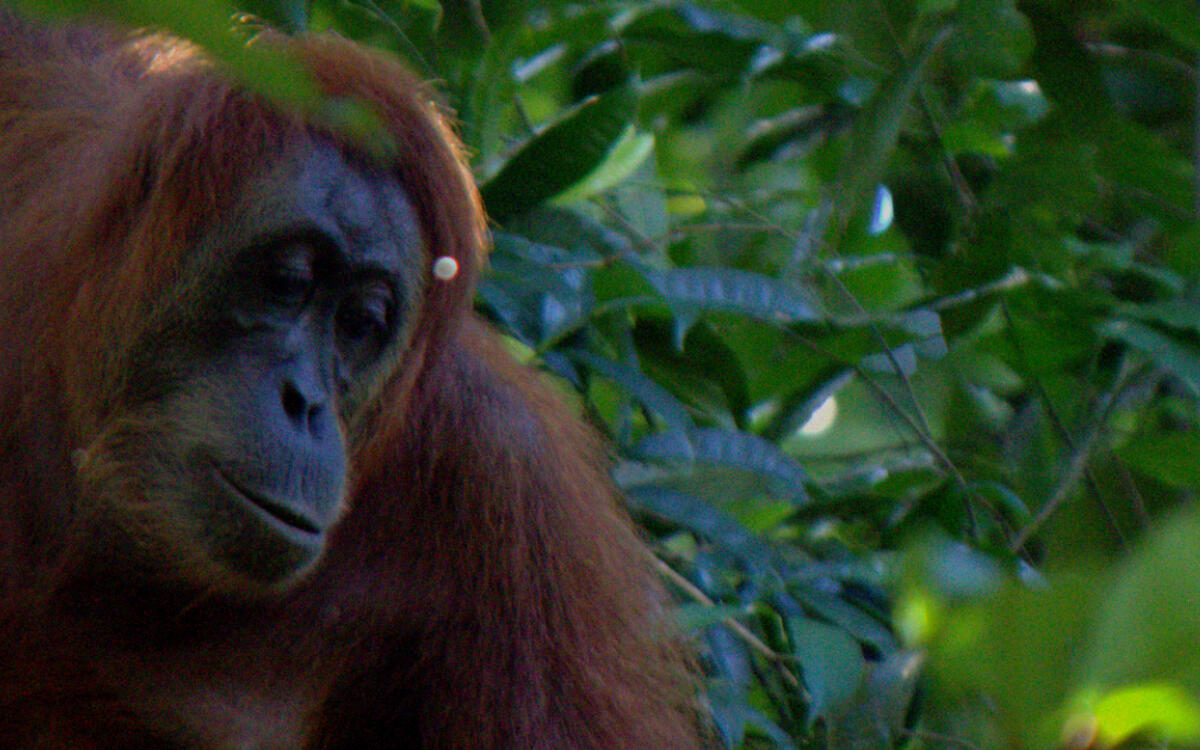A lot of guidance has been written about how to actively involve patients and the public in clinical research, and evidence is growing about the value of this. But there’s very little that is specifically aimed at researchers who work mainly in a laboratory, with very little or no contact with people affected by the condition they are studying.
Blogs
In AnNex projects Species and Spaces (S&S) and Markets and Materials (M&M), we have devoted much of our attention to animals present but “not used” in research: those that are not research subjects, yet whose lives and welfare are bound up with animal research.
On the 3rd December, 2020, Keble College’s Middle Common Room hosted a book launch for Ethical Debates in Orangutan Conservation, authored by Ally Palmer, a Keble Research Associate and postdoctoral researcher with the Animal Research Nexus.
Rich Gorman’s secondment to the RSPCA explored the social relations shaping the use of horseshoe crab blood within pharmaceutical endotoxin testing. This involved 13 stakeholder interviews, and has resulted in a stakeholder report alongside a peer-reviewed journal publication. Rich has also presented the research at industry conferences and academic seminars.
This year the Oxford AnNex team, supported by Keble College and ably assisted by the wonderfully organized Hibba Mazhary, was delighted to host the autumn meeting of the British Animal Studies Network. BASN is a multidisciplinary and interdisciplinary forum for thinking about human-animal relationships and the role, place, perception, and representation of animals.
In my PhD work on societal views towards animal research, I’ve found that the area of cosmetics is often held up as an unambiguous example of the ethical limits of using animals in science, with cosmetic products and procedures providing an easy marker of where animal research is unnecessary and unjustifiable. Indeed, the use of animals for ‘cosmetic purposes’ is banned at both national and EU level (Directive 2010).
As part of a Wellcome Trust Secondment Fellowship with the RSPCA's Research Animals Department Dr Rich Gorman has spent the first half of 2020 exploring what a social science perspective might add to understanding the debates surrounding the biomedical use of horseshoe crabs. Read on to find out a little more about the results of this exciting research...
Plans to restart research in the context of the COVID-19 pandemic is bringing extraordinary attention to the intimate arrangements of indoor space. Geographer Gail Davies reflects on the changes being implemented to balance infection control with collaboration, drawing on her earlier work with artist Helen Scalway in making visible the qualities of space in science and the different values of those who inhabit them.
We are delighted to publish this guest blog as part of our Coronavirus Connections series. Bentley Crudgington invited Named Veterinary Surgeon, Lucy Whitfield, to share some reflections on caring at a distance as COVID changed the way staff work across Animal Research Facilities.
Vector is an interactive experience, which uses elements of performance, game, and integrated technology to open up dialogue about the ethical dilemmas of using animals as part of medical research. It was devised by the Animal Research Nexus creative facilitator Bentley Crudgington and the performance team at the Lab Collective. At its core is a story of developing a vaccine for an unfolding pandemic, in which members of the public weigh up the issues around using animals in research.







